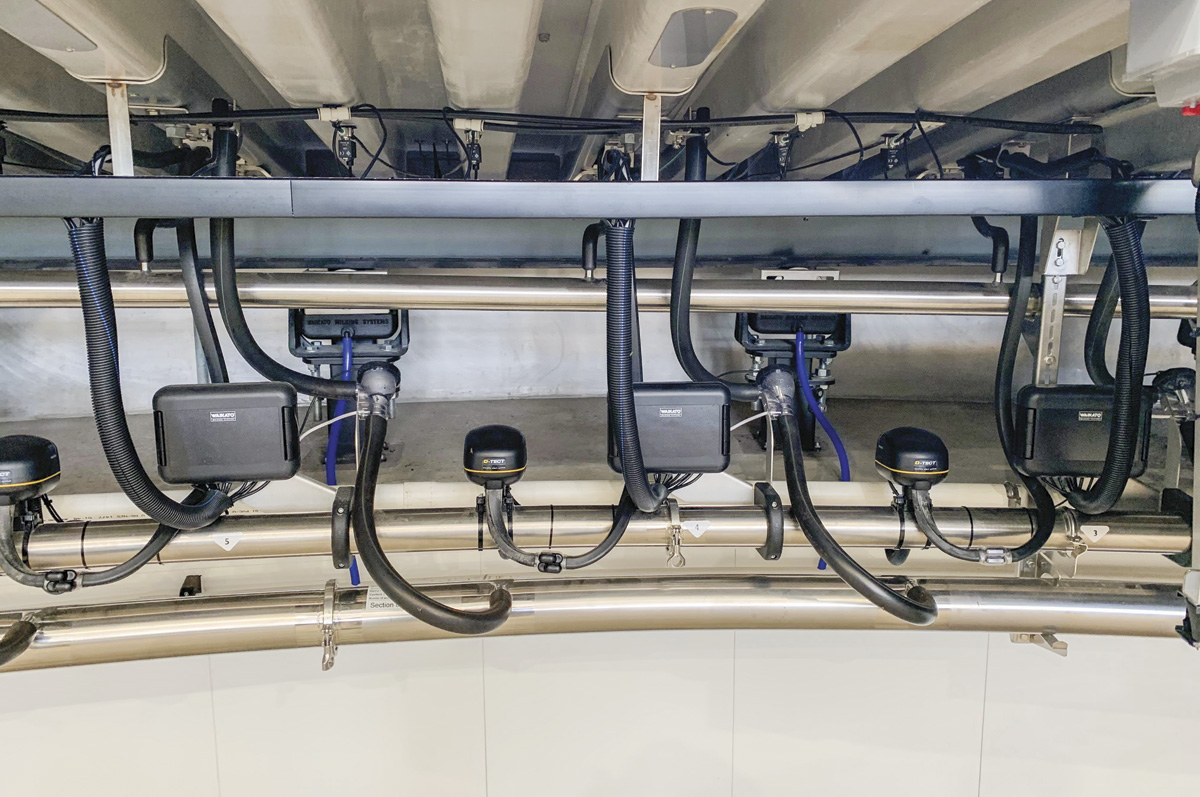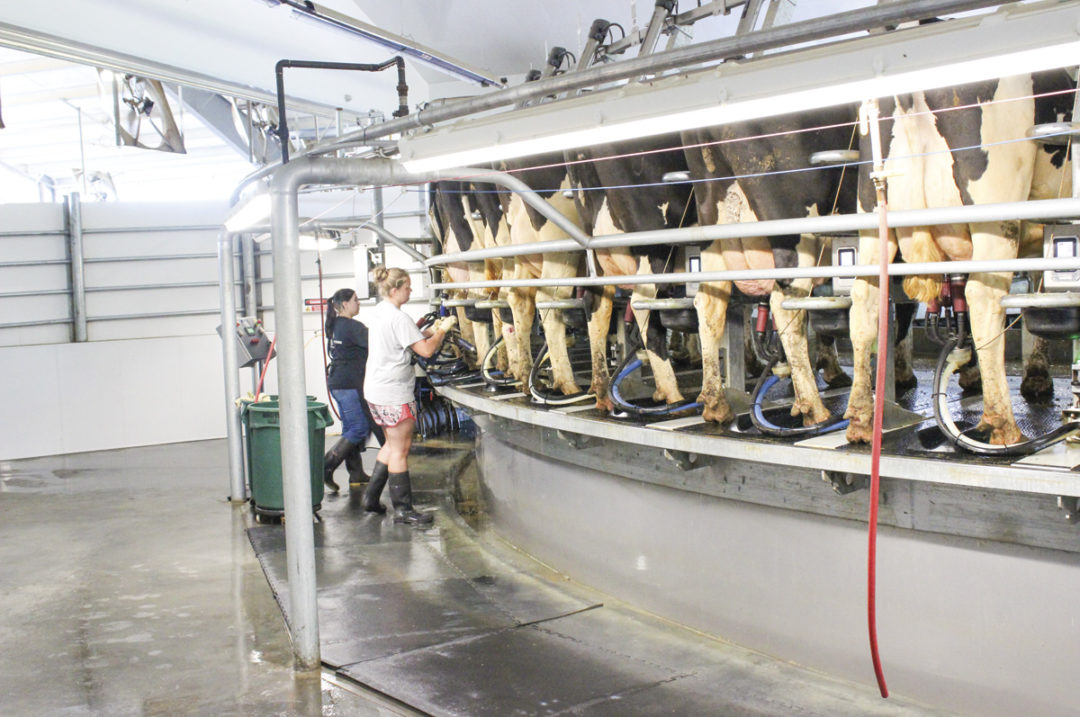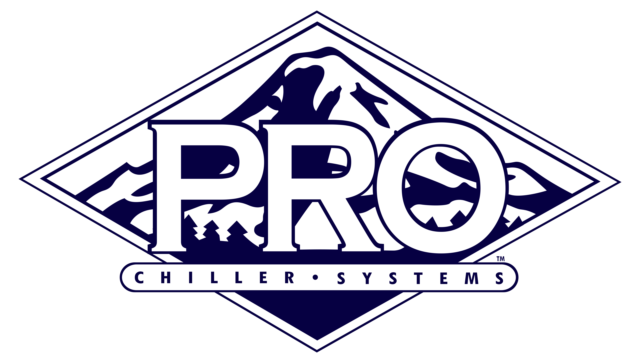The next generation of dairy farmers are wanting to operate more efficiently in less time, and are being forced to do this with even less and less of an available labor force each year.
Having been brought up to work or to be on call 24/7, these farm owners and managers are willing to invest in milking automation not only to improve productivity, but to also provide a better work-life balance for employees. In most cases they are taking advice to work smarter, not harder.
One of the most significant advantages of milking automation is that it can free up time for employees to focus on other tasks. Rather than spending unnecessary hours manually milking cows, employees can focus on other areas of the farm, such as animal health and nutrition, farm management, administrative tasks, as well as spending more time with family and enjoying other non-farming activities.
Milking automation has significant positive effects on the health and well-being of the operator. Reduced physical strain leads to less stress on the body, reducing the risk of injury or illness. By making milking more pleasant and less physically demanding for employees, these smart technologies can reduce the risk of burnout and staff turnover – and make employing and retaining staff a lot easier.
With even a small amount of automation implemented into a commercial milking parlor, the existing labor force becomes more apt to stay put and reap the benefits of the new automation as it tends to make the work environment in the parlor physically more bearable with less strains and fatigue on the body. It often results in happier staff, healthier animals and less employee turnover.
While there are many different types of milking automation products available, each with its unique features and benefits, they all share a common goal: to provide a more efficient, streamlined and consistent milking process that benefits both employees and cows. Whether it is through automatic cluster removers, teat spray systems, plant washing systems or milk meters, the milking process is simplified, reducing the risk of repetitive strain injuries, improving productivity, minimizing the need for manual labor and ensuring the health and well-being of both operator and herd.

Electronic milk meters automate data collection, enhance herd management, improve cow health monitoring, streamline feeding strategies, increase parlor efficiency and support informed decision-making. Photo courtesy of Waikato Milking Systems.
In addition to being better for employees, automation can also be better for cows. By providing a more consistent milking process, automation ensures that cows are not overmilked or undermilked, both of which can lead to udder health problems. This can reduce the need for antibiotics and other treatments, improving the overall health and well-being of the herd. Automated systems also help to ensure that cows are milked consistently and efficiently, reducing stress and discomfort for the animals.
With smart devices, the commercial dairy industry is also trending toward a “per shift, per day, per week, cow data being available at our fingertips” mindset. This enables producers to make quicker, easier and more accurate decisions on each animal. While the input cost to each animal remains nearly the same, knowing the output of that animal is becoming more critical in being able to control cost now more than ever before.
By choosing the right combination of automation products, the technology can provide real-time data on cow health and milk production, allowing farmers to identify potential problems early and take appropriate action. This can lead to better overall herd health and a higher milk yield, minimizing the amount of time operators spend tending to ill cows.
Choosing the best automation for your farm
Milking automation is a valuable tool for dairy farmers looking to improve the efficiency and effectiveness of their operations. It is important that each different type of automation is clearly understood and chosen to perform the right tasks to streamline your milking processes.
Automatic cluster removers
Automatic cluster removers improve dairy parlor efficiency by automating the detachment process and significantly reducing manual labor while ensuring consistent milking. They contribute to a more efficient and streamlined milking operation, create a safer and more hygienic environment while freeing up operators to focus on other tasks.
Teat spray systems
Teat spray systems automate disinfectant application, ensuring consistent coverage, increasing cow throughput and maintaining good cow health. In reducing manual labor and the time required for teat spraying, they improve milking efficiency by enabling operators to dedicate their attention to other responsibilities, while maintaining a safer and hygienic environment.
Automated cleaning systems
Automating cleaning and sanitization systems ensure consistent and thorough cleaning, reduce equipment downtime, and maintain milk quality and safety through scheduled cleaning cycles. These systems streamline dairy operations for the operator to reduce labor, while maintaining a clean and hygienic environment.
Electronic milk meters
Electronic milk meters automate data collection, enhance herd management, improve cow health monitoring, streamline feeding strategies, increase parlor efficiency and support informed decision-making. They provide accurate, real-time milk production information, contributing to a more efficient and streamlined dairy operation. This ensures operators can divert their attention to other jobs while maintaining optimal herd health and productivity.
Sort gates
Sort gates use electronic identification to accurately separate cows based on parameters such as milk yield, breeding status or health conditions. This increased accuracy saves time and minimizes errors, eliminating the need for manual intervention to direct cows to the correct areas. Being able to automatically sort animals prior to employees arriving at work is becoming a popular method of increasing the efficiency of dairy operations.
Dairy management systems
Dairy management systems improve dairy parlor operations by centralizing data management, enhancing herd management, streamlining recordkeeping, facilitating communication, offering customizable reporting and analysis, ensuring regulatory compliance, integrating with existing systems and providing scalability. They streamline dairy farm management, making operations more efficient, effective and profitable, which allows operators to focus on other duties while maintaining optimal herd health and productivity.
Customizing automation solutions for your farm
With customized solutions that can be tailored to meet the specific needs of employees and individual farms of all sizes, farmers can choose the level of automation that works best for them and their employees. Milking automation is an investment in the health and well-being of your employees and your herd, as well as improving the performance, productivity and profitability of your farming operation.







